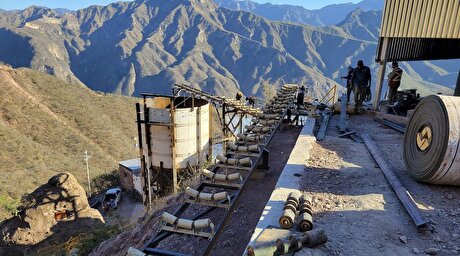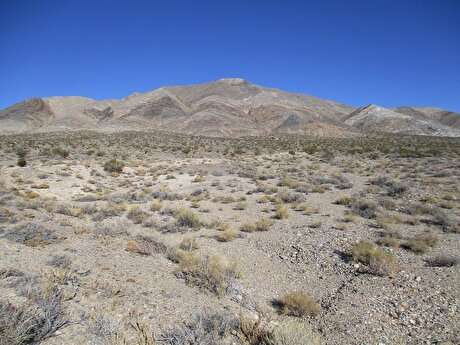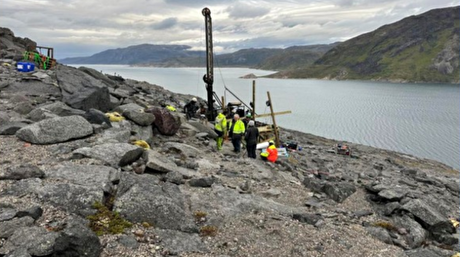
BMI: No Trump Effect on Mining Investments

In a note on Monday, BMI researchers say they rather see other factors, such as domestic operational challenges and low mineral prices, preventing investors from tapping into Iran’s vast mineral wealth, Mining.com reported.
As soon as Iran reentered the global economy early last year, the government opened up $29 billion worth of mining projects to foreign investors, roughly equal to the oil and gas investments up for grabs.
Since then, Tehran has approved $2 billion worth of foreign direct investment for 29 industrial and mining projects. And just last week, it announced plans to kick off 10 new mining-related ventures by the end of September.
The projects include a rare earth elements production unit, a phosphoric acid plant, a lead-zinc concentrate mill and the second phase of Zarshouran gold processing plant.
BMI analysts do warn that Trump’s antagonist rhetoric against Iran may cause a return to instability in the region and in the country itself over the next few years, posing downside risks to the development of its rising mining sector.
They also note that poor infrastructure, bureaucracy, a complex legal system and low mineral prices are the most likely challenges companies are expected to face there.
According to official figures, Iran stands to make an estimated $700 billion off its vast deposits of minerals such as copper, iron ore, zinc, lead and heavy rare earth elements.
Currently, the nation has more than 3,000 active mines, mostly privately owned.


Locksley Resources forms US alliances to establish domestic antimony supply chain

Critical Metals, Ucore ink 10-year offtake deal to supply rare earths to US plant

Equinox Gold kicks off ore processing at Valentine mine

India considers easing restrictions on gold in pension funds

















